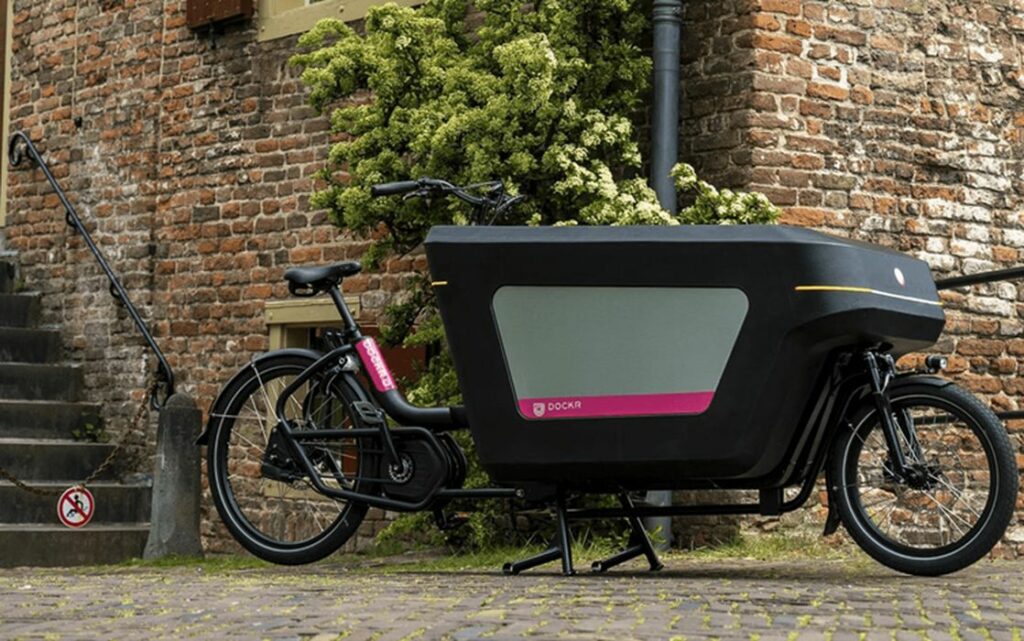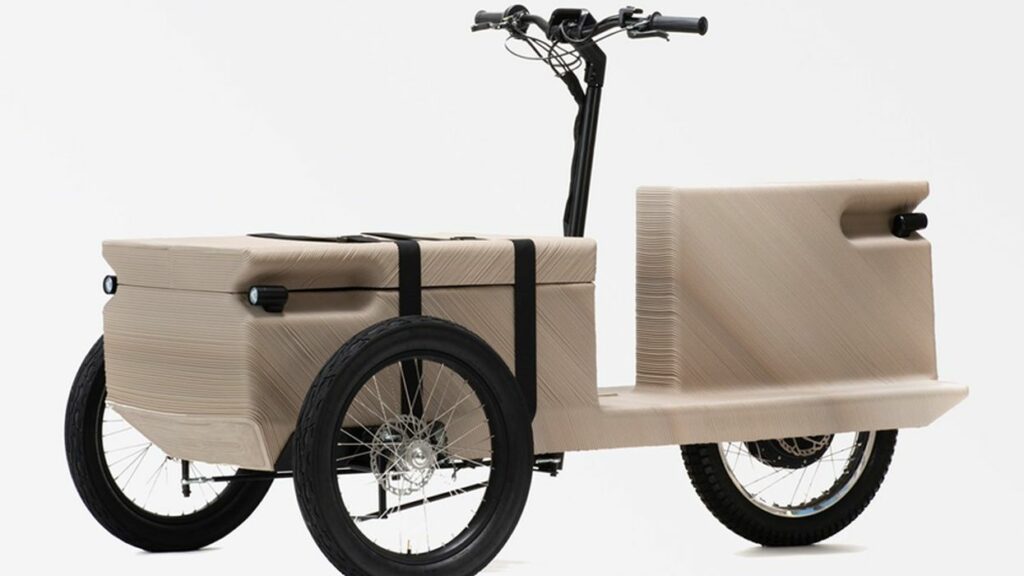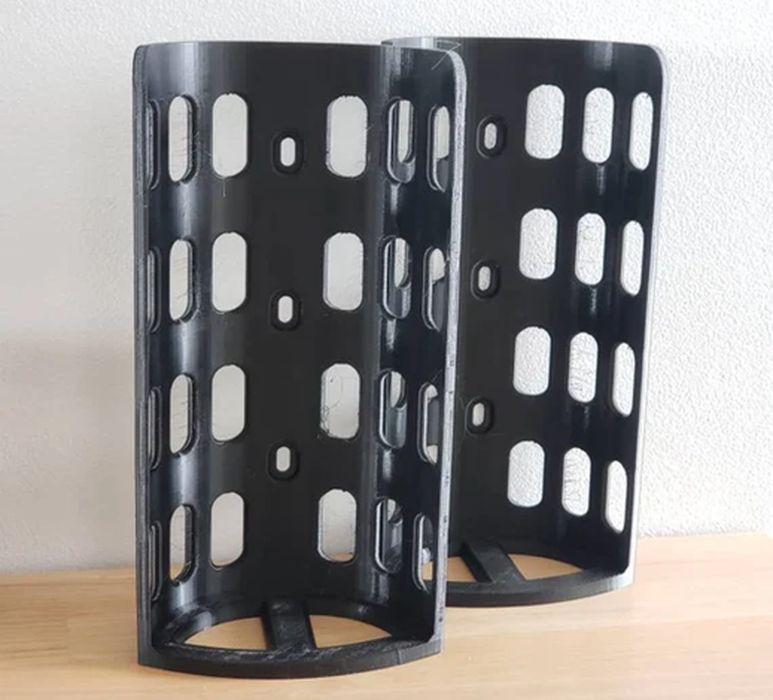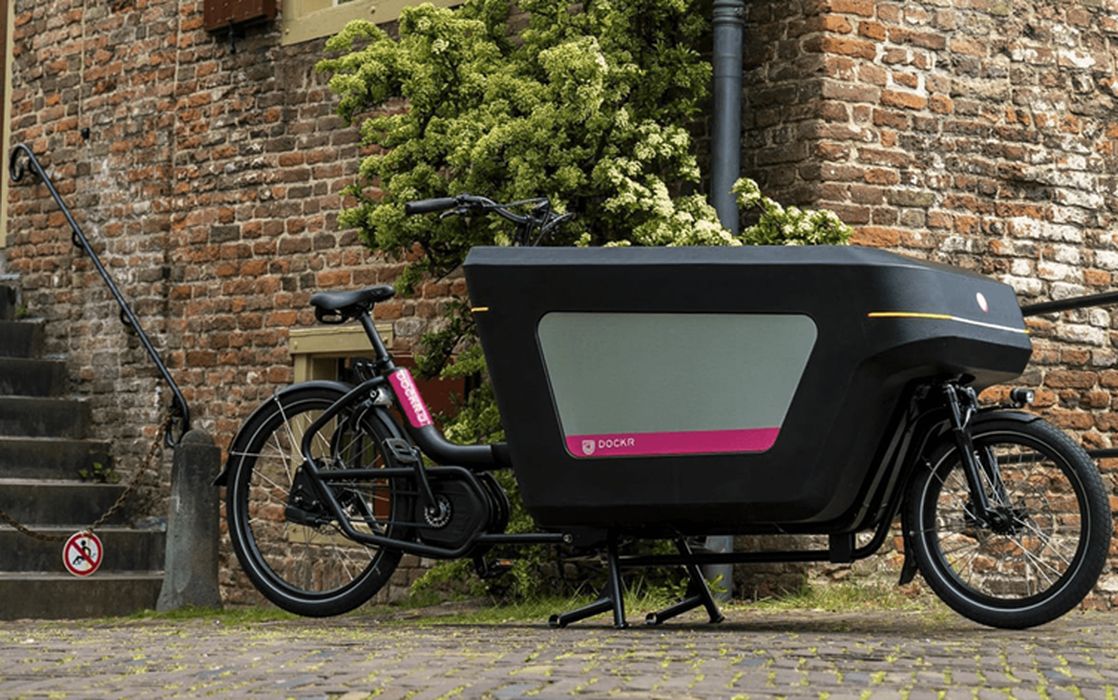
Charles R. Goulding and Preeti Sulibhavi look at the growing opportunity for 3D printing to assist the growth and use of cargo bikes.
There are many reasons to use bicycles. Whether you are cycling to increase your physical exercise to maintain good health, cultivate a new hobby, or reduce your carbon footprint for environmental reasons, cycling is a sure way to achieve all those goals at once.
A July 6th, 2022, article in the New York Times brought some great attention to the emerging trend of cargo bicycles. Cargo bicycles offer a convenient and fun way to travel locally. The article cited many reasons why so many European cities are catching onto this trend.
While using bicycles to transport goods and people is not new (bike messengering dates back to the 19th century in Western countries and even earlier in the East), it is certainly becoming more relevant today than it ever was. With traffic congestion in many cities, cargo bikes offer a simple and quick way to get to one’s destination without having to worry about sitting in traffic and being delayed. Getting daily exercise is an added health bonus.
According to a study done in participation with the European Cyclists’ Federation, a cargo bike for inner-city deliveries can lower carbon dioxide emissions by five tons annually and save time. Cargo bikes are also more economical than purchasing a vehicle.
In Bologna, Italy, 144 people and families participated in a pilot cargo bike program that was successful. European cities following suit include Torun, Poland, Valencia, Spain, and Mexico City. We have covered the Portugal Bike Cluster in a previous article as well.
Europe is not alone in recognizing the benefits of cargo bikes. Anyone who has visited New York City can see the streets now have Citi Bikes which provides a bike sharing system throughout the boroughs and New Jersey as well. Citi Bikes include e-bikes and scooters as well. And we have written about how the Texas city of Dallas has been utilizing bicycles. Other US cities include Portland, Oregon, Boulder, Colorado, and Austin in Texas as well.

Some companies are experimenting with 3D printing their cargo bicycles. For example, EOOS, the design studio behind the 3D printed, e-cargo, recycled bicycle, is providing users with an electric trike build by local industrial 3D printers that are made with recycled plastic products to go even further with sustainability goals too.
The project was in collaboration with The New Raw, a company that had printed street furniture for Amsterdam from recycled polypropylene waste. The unique 3D printed cargo bike (image below) has no pedals and no chain. Instead, it pulls power from a rear-wheel hub motor and allows for a two-person carriage rule.

The key quality of cargo bikes is that they carry cargo. To do that there needs to be components, fasteners, parts and accessories for these cargo bikes. All such items can be 3D printed to lower cost, and make production local and faster. As seen below, a 3D printed cargo bike cage is where a cyclist can place their water bottle or other items as well.

The Research & Development Tax Credit
The now permanent Research and Development (R&D) Tax Credit is available for companies developing new or improved products, processes and/or software.
3D printing can help boost a company’s R&D Tax Credits. Wages for technical employees creating, testing and revising 3D printed prototypes can be included as a percentage of eligible time spent for the R&D Tax Credit. Similarly, when used as a method of improving a process, time spent integrating 3D printing hardware and software counts as an eligible activity. Lastly, when used for modeling and preproduction, the costs of filaments consumed during the development process may also be recovered.
Whether it is used for creating and testing prototypes or for final production, 3D printing is a great indicator that R&D Credit eligible activities are taking place. Companies implementing this technology at any point should consider taking advantage of R&D Tax Credits.
Conclusion
The 3D printing industry should not wait to catch onto this trend. While this “sustainable mobility” trend has caught on mostly in Europe, it is gaining traction here in the U.S. and throughout North America.

